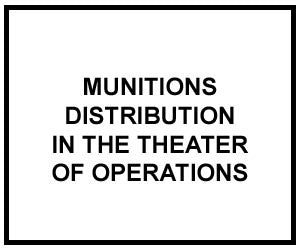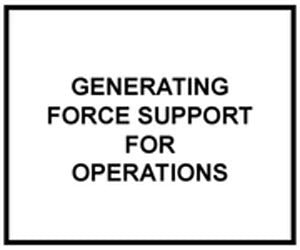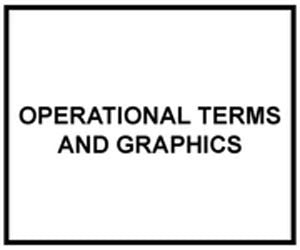
FM 4-30.1: MUNITIONS DISTRIBUTION IN THE THEATER OF OPERATIONS
Official US Army Field Manual in Acrobat PDF file format.
This manual prescribes doctrine for munitions support. It explains in general terms how munitions units operate and interact to provide munitions to the user. It is the basis for munitions doctrine, materiel, training, and organizational development. This manual addresses munitions unit missions, operations, and interactions between the various levels of munitions support.
This manual explains to combat arms (CA), combat support (CS), and combat service support (CSS) commanders and their staffs how and where they receive munitions support. It establishes guidelines and procedures for munitions unit commanders and their staffs while operating the munitions support structure.
This manual also discusses the modular ammunition platoon concept. There are two types of modular platoons: heavy lift and medium lift. The heavy lift platoon (HLP) is best suited for port, theater storage area (TSA), and corps storage area (CSA) operations. The medium lift platoons (MLPs) operate in TSAs and CSAs when needed, and are designed to operate ammunition supply points (ASPs). These platoons are capable of deploying and operating independently from their company headquarters, but require external support for sustainment. They allow the Army to effectively take advantage of technology such as the palletized loading system (PLS), configured loads (CLs), and containerized roll-on/-off platforms (CROPs). These palletized loads can be shipped to TSAs, CSAs, and ASPs. The type and number of platoons deployed is based on mission, enemy, terrain and weather, troops and support available, time available, civil considerations (METT-TC) and the commander’s intent. Modular units provide a flexible design tailorable to the theater commander’s intent. They allow the theater commander to expand and contract the ammunition supply capability when and where needed to meet operational requirements.
File download size: 3.5 MB



